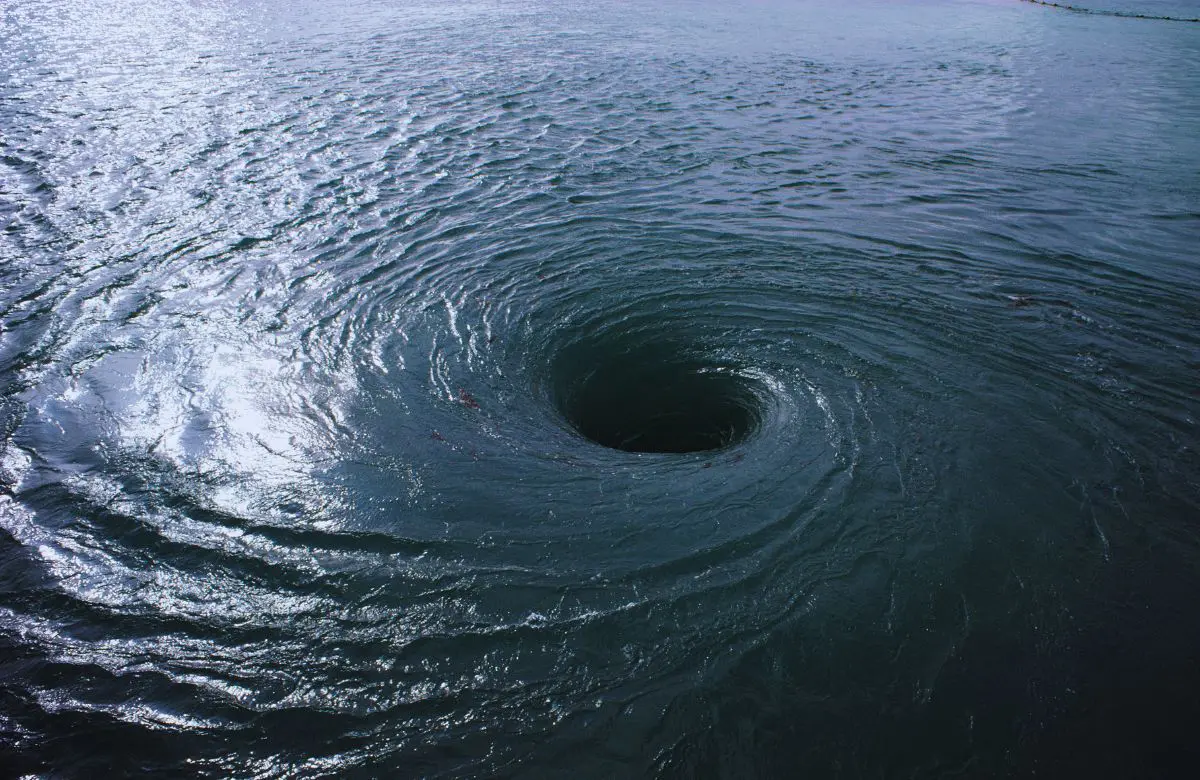
According to a report published by msn.com yesterday, scientists have been working to understand the mysterious existence of a “gravity hole” in the depths of the Indian Ocean.
It stated: Up until the publication of critical findings in May 2023, clarity remained elusive despite continuous model runs.
The Indian Ocean geoid low (IOGL), as the “gravity hole” is officially named, is roughly 1.2 million square miles in size. Scientific American notes that although Dutch geophysicist Felix Andries Vening Meinesz made the initial discovery of it in 1948, it has remained a mystery ever since.
This “hole” is actually a place where Earth’s gravity is lower than usual rather than a place where all of the ocean’s water could drain away.
But now that research from May 2023 has been completed, scientists can clearly explain why the Indian Ocean “gravity hole” exists on Earth.
While we may perceive Earth as a perfectly round sphere, geophysicist Attreyee Ghosh, a coauthor of a May 2023 research report, tells CNN that “the Earth is basically a lumpy potato.” The scientists ran 19 computer simulations to replicate how tectonic plates and magma developed inside the Earth’s mantle, and the results were published in Geophysicist Research Letters.
The Earth created a geoid low resembling the one in the Indian Ocean in six of the nineteen scenarios. The study states that scientists came to the conclusion that the “African Large Low Shear Velocity Province” (LLSVP), also referred to as the “African blob,” and a certain mantle structure under Africa are both responsible for the existence of the IOGL.
Ghosh told Scientific American, “What we’re seeing is that hot, low-density material coming from this LLSVP underneath Africa is sitting underneath the Indian Ocean and creating this geoid low.”
According to the study’s abstract, “this negative geoid anomaly formed as a result of sinking Tethyan slabs perturbing the African Large Low Shear Velocity province and generating plumes beneath the Indian Ocean.”
The seafloor from the Tethys Ocean, which lay between two supercontinents more than 200 million years ago, is still present in these slabs. The IOGL originated when subducted chunks of ancient water fell inside the mantle and produced a huge magma plume!
In conclusion, scientists were able to find this fascinating new truth when they had the technology to build models that dated from 140 million years ago to the present.
